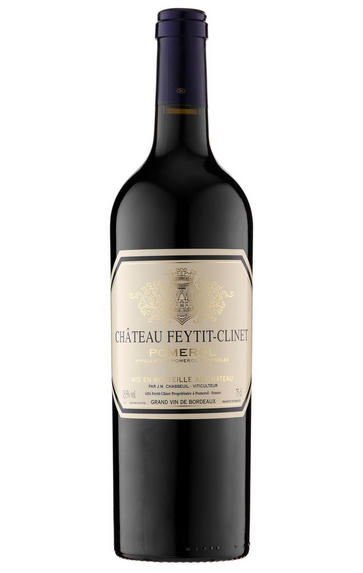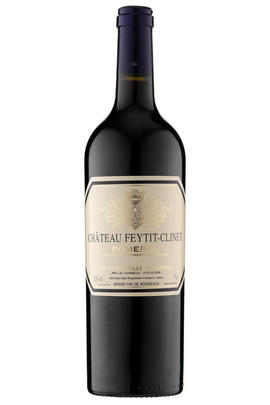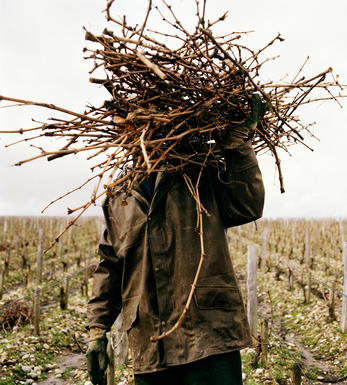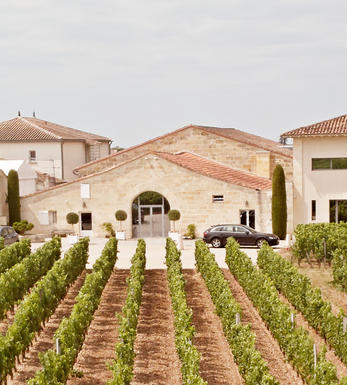
2007 Château Feytit-Clinet, Pomerol, Bordeaux

Critics reviews
(Jancis Robinson www.jancisrobinson.com Apr 08)
About this WINE

Chateau Feytit-Clinet
Situated on the western part of the plateau in the Pomerol wine appellation in Bordeaux, Château Feytit-Clinet belonged to the stable of Moueix family wines until 1999.
Jeremy Chasseuil arrived at Château Feytit-Clinet in time for the stunning 2000 vintage. Previously a wine-maker at Château La Dominique, his efforts since have resulted in some very impressive wines.
Soils here are rich in clay which favours the Merlot grape rather than the Cabernets, and Jeremy has exploited them perfectly to produce succulent wines, never over-extracted, and full of charm and distinction.

Pomerol
Pomerol is the smallest of Bordeaux's major appellations, with about 150 producers and approximately 740 hectares of vineyards. It is home to many bijou domaines, many of which produce little more than 1,000 cases per annum.
Both the topography and architecture of the region is unremarkable, but the style of the wines is most individual. The finest vineyards are planted on a seam of rich clay which extends across the gently-elevated plateau of Pomerol, which runs from the north-eastern boundary of St Emilion. On the sides of the plateau, the soil becomes sandier and the wines lighter.
There is one satellite region to the immediate north, Lalande-de-Pomerol whose wines are stylistically very similar, if sometimes lacking the finesse of its neighbour. There has never been a classification of Pomerol wines.
Recommended Châteaux : Ch. Pétrus, Vieux Ch. Certan, Le Pin, Ch. L’Eglise-Clinet, Ch. La Conseillante, Ch. L’Evangile, Ch. Lafleur, Trotanoy, Ch. Nenin, Ch. Beauregard, Ch. Feytit-Clinet, Le Gay.

Cabernet Sauvignon Blend
Cabernet Sauvignon lends itself particularly well in blends with Merlot. This is actually the archetypal Bordeaux blend, though in different proportions in the sub-regions and sometimes topped up with Cabernet Franc, Malbec, and Petit Verdot.
In the Médoc and Graves the percentage of Cabernet Sauvignon in the blend can range from 95% (Mouton-Rothschild) to as low as 40%. It is particularly suited to the dry, warm, free- draining, gravel-rich soils and is responsible for the redolent cassis characteristics as well as the depth of colour, tannic structure and pronounced acidity of Médoc wines. However 100% Cabernet Sauvignon wines can be slightly hollow-tasting in the middle palate and Merlot with its generous, fleshy fruit flavours acts as a perfect foil by filling in this cavity.
In St-Emilion and Pomerol, the blends are Merlot dominated as Cabernet Sauvignon can struggle to ripen there - when it is included, it adds structure and body to the wine. Sassicaia is the most famous Bordeaux blend in Italy and has spawned many imitations, whereby the blend is now firmly established in the New World and particularly in California and Australia.


Buying options
Add to wishlist
Description
From his tiny, modest shed of a winery in the backlands of Pomerol, Jeremy Chasseuil has further enhanced his fine reputation with this voluptuous 2007 Feytit-Clinet. Made from 96% Merlot and 4% Cabernet Franc it epitomises what Pomerol should be about: an attractive nose of dark chocolate-covered blackberries and cream leads on to a palate with fresh, seductive, plummy fruit, rich coffee hints and supple, velvety tannins. Very close to the outstanding 2006 in quality (which in turn was better than their 2005) this `vin de plaisir' is a terrific buy.
wine at a glance
Delivery and quality guarantee